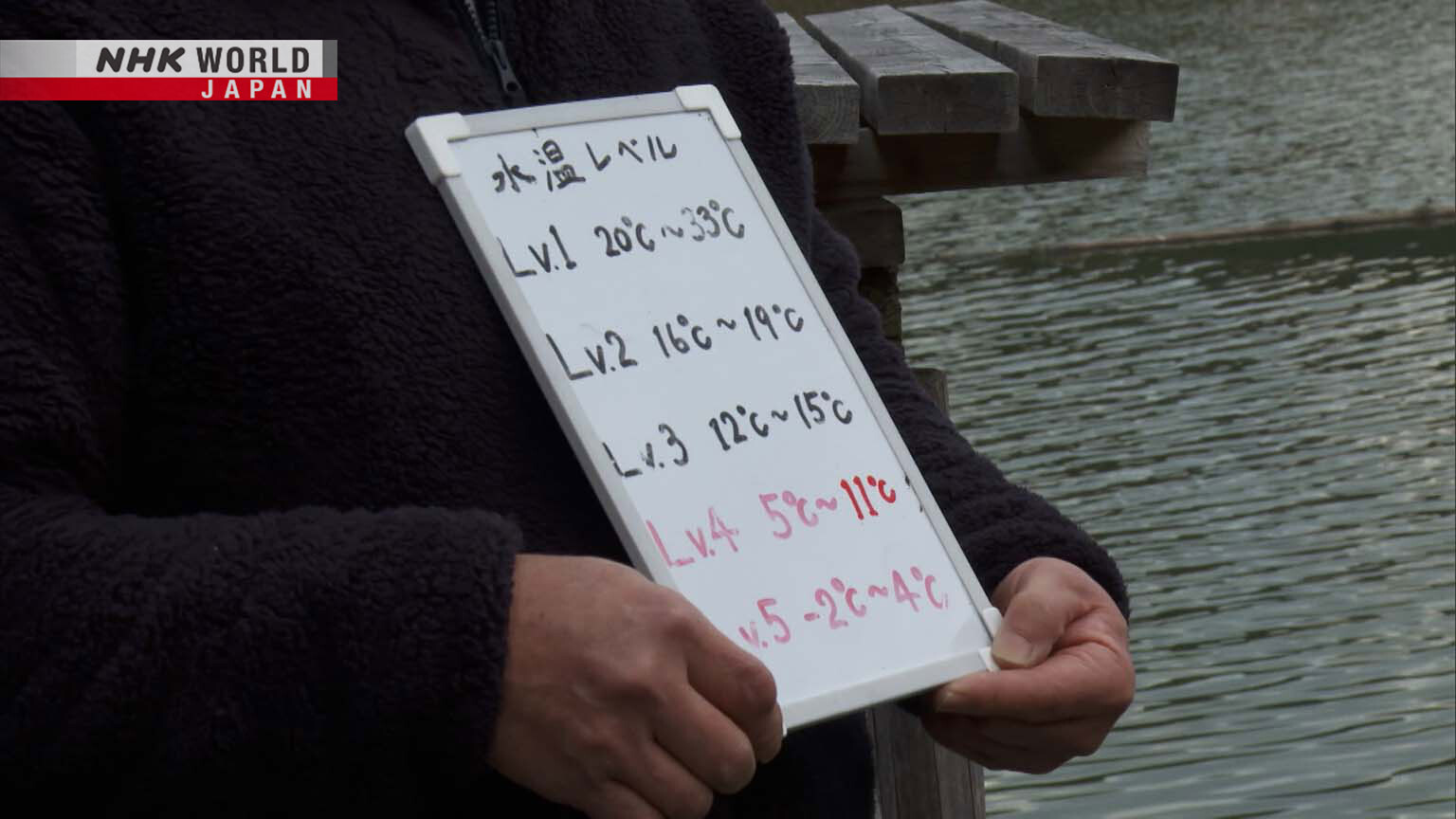Kyoto is known for its temples and shrines, but in this episode we feature the story of water that saturates everyday life in Japan’s ancient capital. Water has had a deep relationship with Kyoto’s traditions cultivated over its long history, as well as its development in modern times. We take a tour of Kyoto where water from a canal and from underground quenches the lives of locals.
Traveling Water

While touring popular spots in Kyoto, visitors will encounter waterways that enhance the cityscape. It is the Lake Biwa Canal. The largest lake in Japan, Lake Biwa is located in Shiga Prefecture, bordering Kyoto to the east. The canal penetrates through the mountains to Kyoto. The construction of the 30km-long canal was a gigantic project that began in 1881, finally completed after 30 years of difficult construction work. It is an indispensable waterway for daily life in Kyoto City, used as a source for tap water. Since 2018, sightseeing boats operate on the Canal as a new tourist resource. In May 2025, Japan’s government announced that some of the Lake Biwa Canal facilities will be designated a national treasure.
Endless Water

Kyoto City also has well water. In fact, there are more than 2,200 wells in Kyoto where the water is safe to drink. Nishijin is an area in Kyoto that prospered with the textile industry. Here, visitors will find a food that reaps the benefits of water: Tofu. Directly under a Tofu shop, which has been at the same location for three generations, groundwater is pumped up from a depth of 15 meters. This water helps create a soft, puddinglike tofu with a mellow taste and no “zatsumi,” or off-flavors.
Water of Discipline


Children gather for cold weather training in Kamigamo, Kyoto. The winter training is held twice a month between December and March, at a pond named Koike located at the end of a mountain road. It’s a natural pond formed by water seeping from the mountains north of Kyoto. The Kamigamo Swimming School was opened in 1927 in Kamigamo, at a time when there were no swimming pools, to train children against water accidents. With 20,000 students having learned swimming, the school’s ongoing tradition has been the cold-weather training.


AloJapan.com